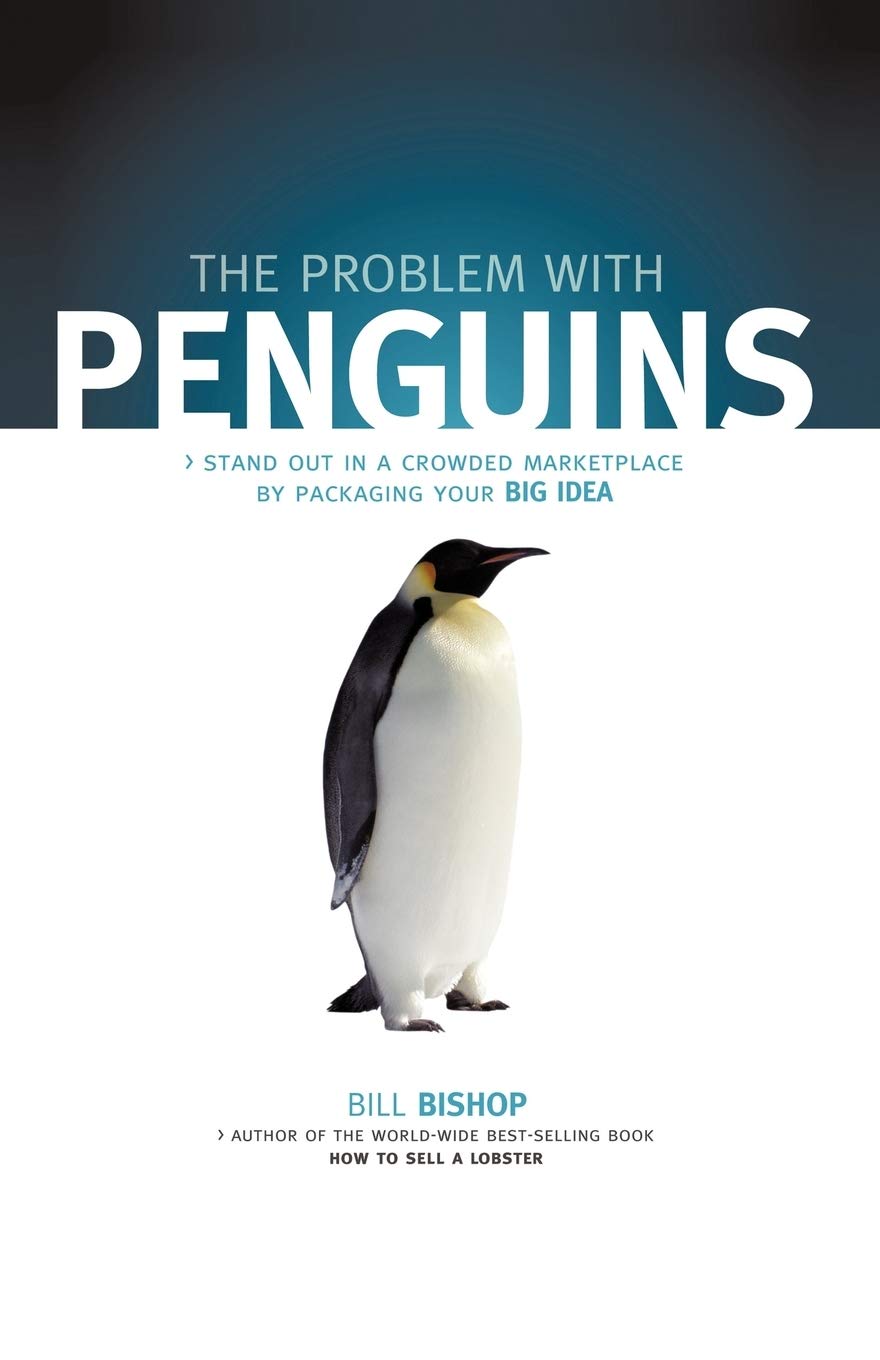
# Painfully Lengthy and Overblown: A Harsh Critique of *The Secret Lives of Numbers*
## A Chaotic, Poorly Constructed, and Factually Flawed Account of Mathematics
At times, one must heed a nagging inner voice of doubt, regardless of the desire to stay hopeful. When the new popular book on the history of mathematics—*The Secret Lives of Numbers: A Global History of Mathematics & Its Unsung Trailblazers* by Kate Kitagawa & Timothy Revell—arrived with its grandiose assertions and sweeping praises, I too succumbed to intrigue.
Despite having extensive experience analyzing mathematical history, warning flares went off immediately. One would assume a Penguin publication possesses some inherent academic trustworthiness. Historically, Pelican Books, the serious non-fiction division of Penguin, maintained elevated standards, producing works by prominent historians, archaeologists, and philosophers. Nevertheless, this book, while under the broader umbrella of Penguin, dispels any belief that the brand guarantees scholarly integrity.
It is, in no uncertain terms, a fiasco—a remarkably misinformed, inadequately researched, and catastrophically fact-checked embarrassment of a book. If you’re in search of a thoroughly researched history of mathematics, turn away. If your interpretation of scholarship revolves around a collection of myths, selective anecdotes, and unsupported claims sold as insights, proceed at your own risk.
—
## Who Are the Writers?
Before delving into misleading content, let’s scrutinize the writers themselves. The publisher asserts that Kate Kitagawa is *one of the foremost experts on the history of mathematics*. A bold claim, indeed, and one that disintegrates under examination. A review of her curriculum vitae shows a meager *fifty-five published pages* in the history of mathematics, largely consisting of brief, popular articles over a span of three years—not exactly the output expected from a world-leading authority.
Timothy Revell, on the other hand, serves as an editor at *New Scientist*, which in recent years has devolved into something akin to *The Daily Mail* of popular science magazines. Neither writer exhibits the requisite depth of knowledge to explore the vast and complex subject of a *global* history of mathematics.
—
## A Global History? Or a Selective Anecdote Compilation?
The book’s title touts a *global* history of mathematics, with a focus on *unsung pioneers*. Yet the actual content falls short. This is not an authoritative exploration of mathematical advancement across cultures; rather, it is a disjointed and frequently misleading collection of poorly contextualized narratives. Most of the so-called “unsung” individuals have significant scholarly and even popular literature written about them—often vastly superior to what this book presents. If you’ve spent even a mere five minutes on Wikipedia pages of historical mathematicians, you will leave better informed than you would by reading this book.
Even the structural framework of the book crumbles under examination. It lacks a proper introduction, hastily swapping it for a *Prelude* that begins with a worn-out analogy regarding map distortions and historical biases. This is acceptable, yet the authors proclaim:
> *It is time this pattern was re-examined and the story retold.*
Wonderful, but does the book *actually* deliver on this promise? No. Instead, what follows in chapter after chapter is a tangle of incomplete facts, blatant historical inaccuracies, and a nearly cult-like inclination to downplay the significance of Greek mathematics in favor of poorly supported alternative narratives.
—
## Fact-Checking Catastrophes and Questionable Assertions
The descent into error starts right away. Here are some particularly glaring instances:
### **Errors in Mathematical Origin**
1. The writers claim that Babylonian mathematics discovered **the Pythagorean theorem**, when in fact, we know that Babylonians possessed knowledge of Pythagorean *triples*. There is no indication that the general theorem was familiar to them.
2. The assertion that the Babylonian numerical system had *no* zero is incorrect. While they did not have a numerical zero, placeholder *zeroes* appeared in Babylonian notation by 300 BCE. It seems the authors overlooked that aspect.
### **Misrepresentations in Chinese Mathematics**
– The book asserts that magic squares “first appeared” in China and subsequently spread elsewhere, neglecting to mention that the earliest *documented* magic squares were established over 2000 years after the alleged origin story involving Emperor Yu’s turtle shell.
– Regarding mathematical instruments, the authors misleadingly claim that the Chinese **abacus replaced rod numerals by 190 BCE**. Counting rods continued to be utilized extensively until the 16th century CE, *alongside* the abacus.
– On the *I Ching*, the writers assert that yarrow stalks were *thrown into the air* for divination—an utterly ludicrous statement to anyone even slightly familiar